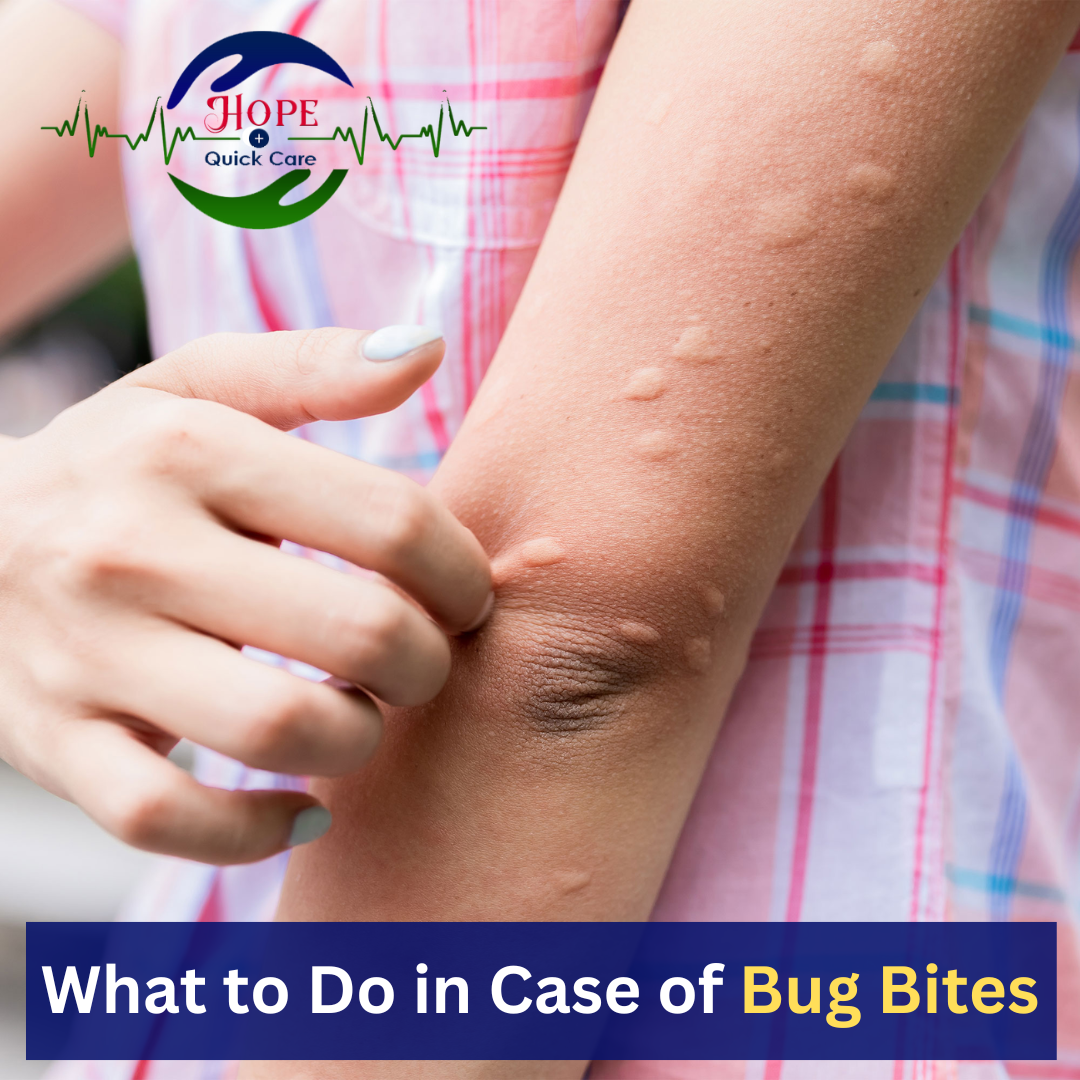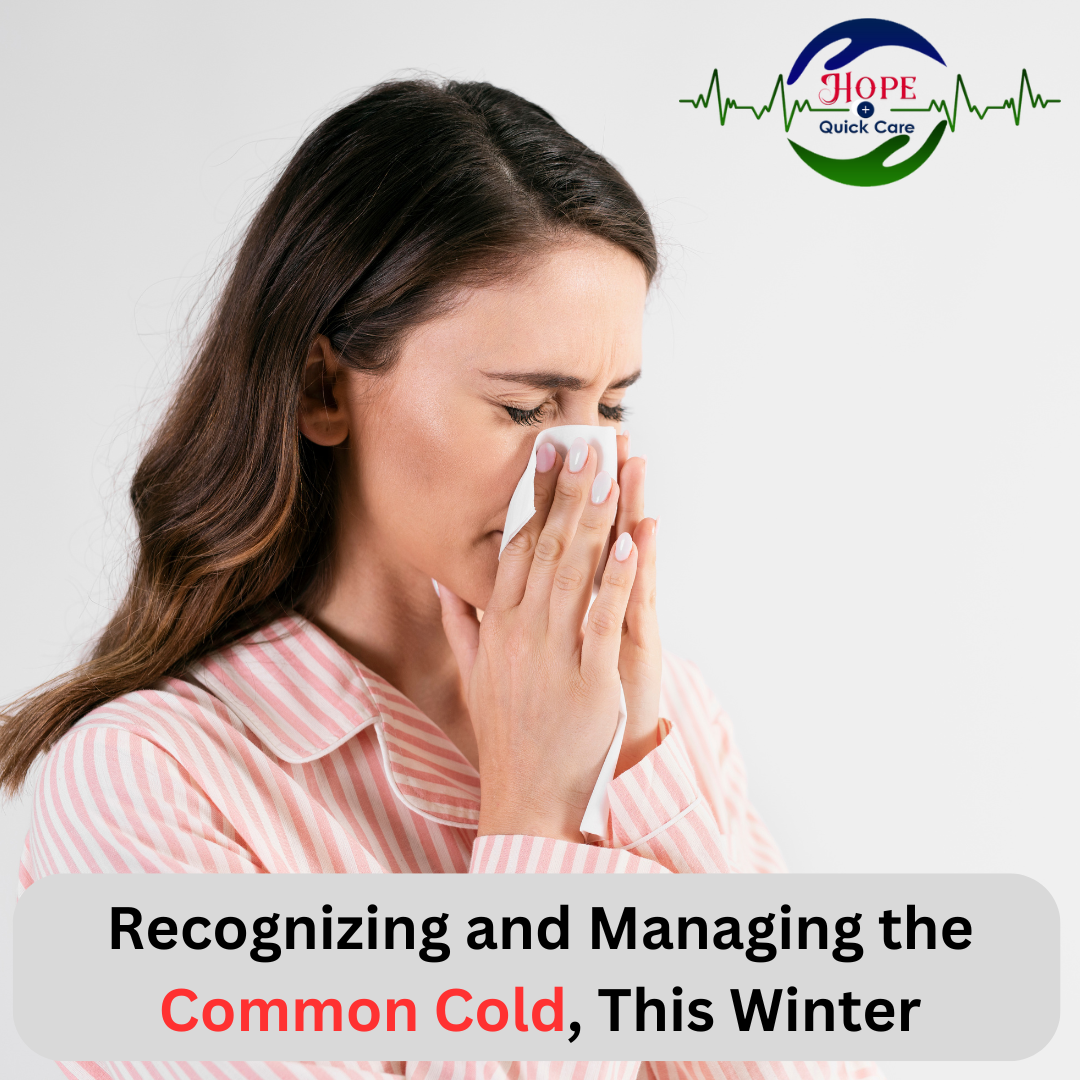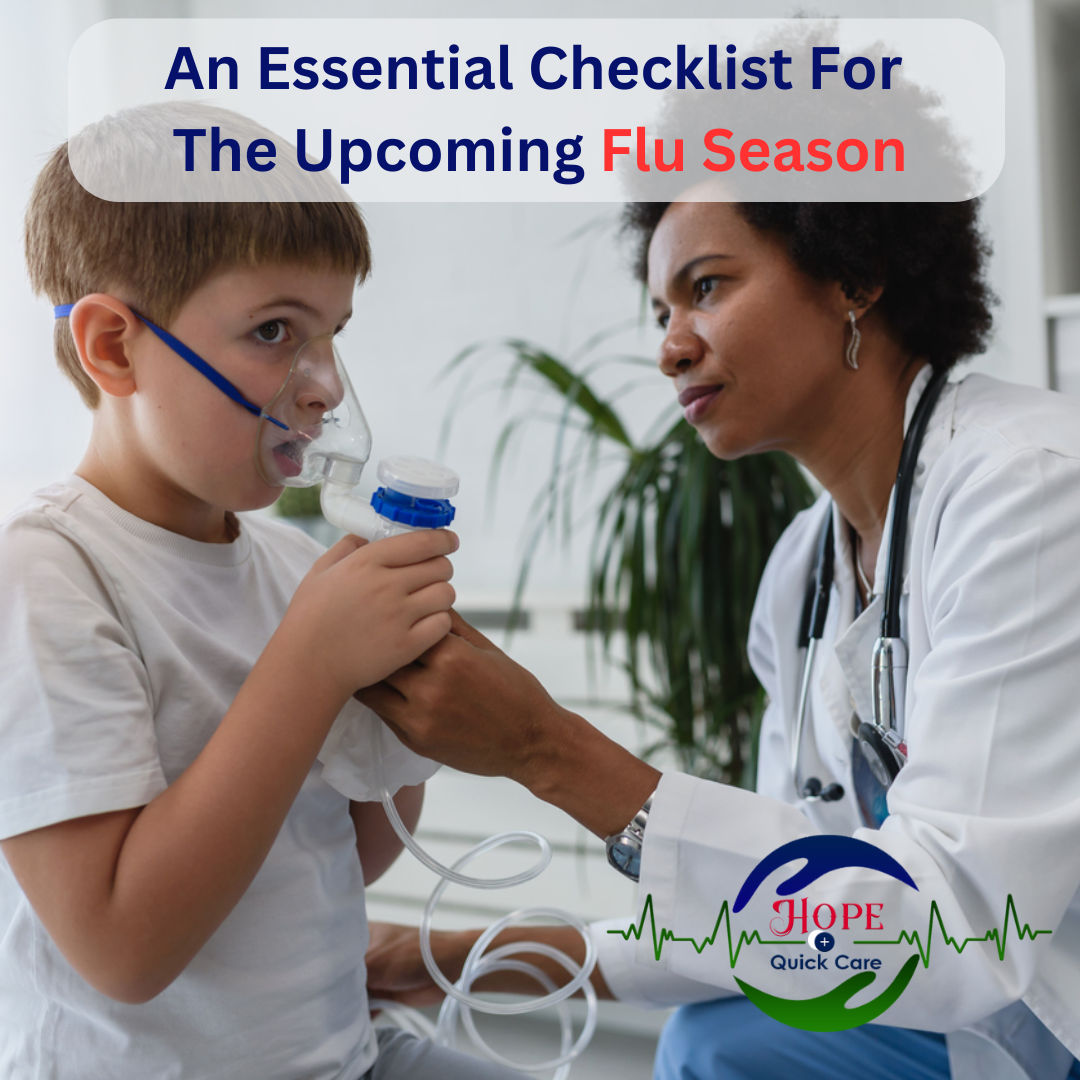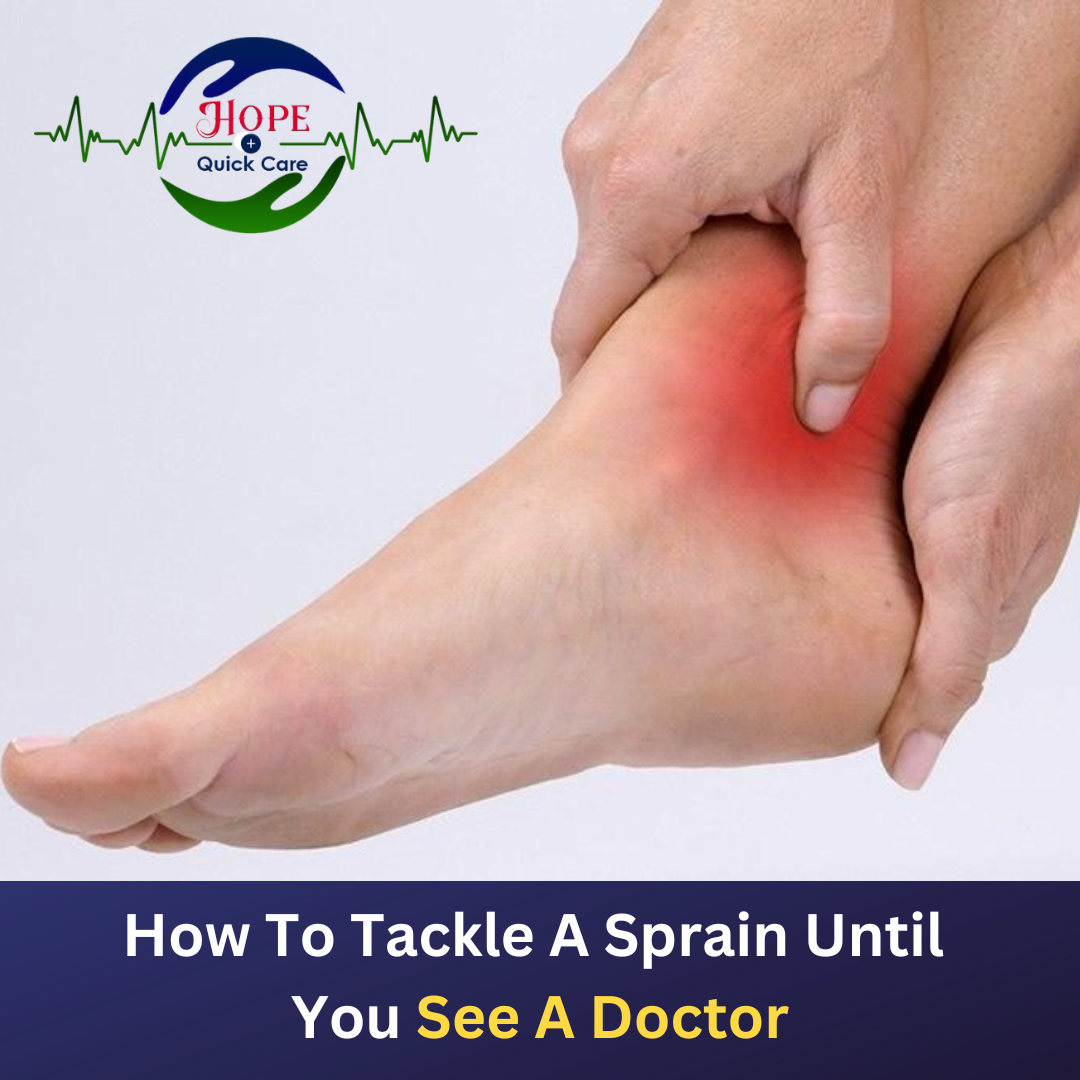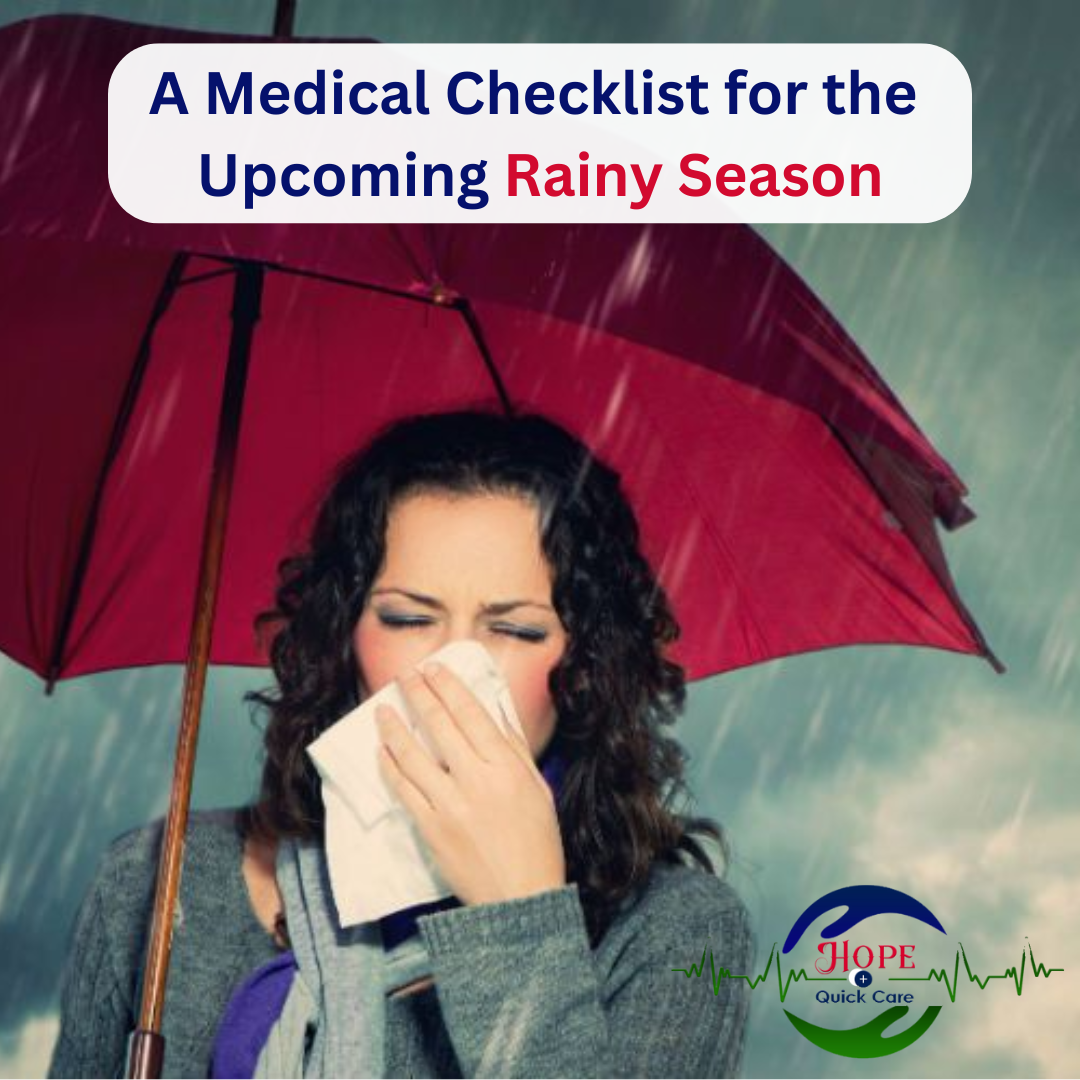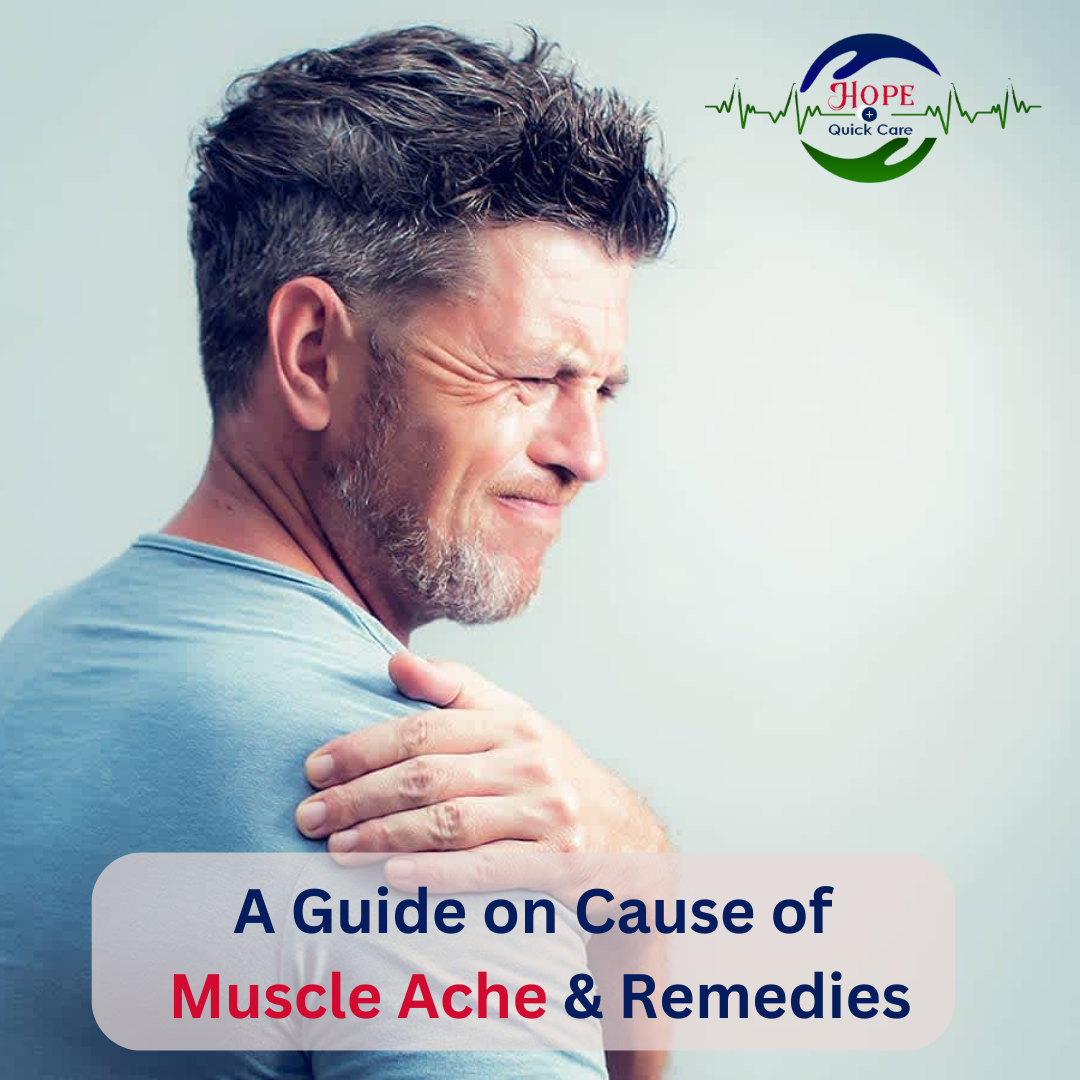In the case of bug bites, it’s important to follow specific steps to minimize discomfort, prevent infection, and address any potential allergic reactions. Consulting a dermatologist and preparing a sensitive skincare routine can help. Here’s a guide on what to do:
Initial Steps
- Move to a Safe Area: If you’re outdoors, move away from the area where you were bitten to avoid further bites.
- Identify the Bug (If Possible): Identifying the bug can help in deciding the appropriate treatment and determining if you need to seek medical attention.
Basic First Aid
Clean the Bite Area:
- Wash the bite area with soap and water to remove any bacteria and reduce the risk of infection.
Apply a Cold Compress:
- Use a cold compress or an ice pack (wrapped in a cloth) on the bite area for 10-15 minutes to reduce swelling and numb the area.
Use Over-the-Counter Medications:
- Antihistamines: Oral antihistamines like diphenhydramine (Benadryl) can help reduce itching and swelling.
- Topical Creams: Hydrocortisone cream or calamine lotion can soothe itching and irritation.
- Pain Relievers: Over-the-counter pain relievers like ibuprofen or acetaminophen can help alleviate pain and discomfort.
Monitor for Allergic Reactions
- Mild Reactions: Redness, swelling, and itching at the bite site are common and typically not serious.
- Severe Reactions (Anaphylaxis): Symptoms may include difficulty breathing, swelling of the face or throat, dizziness, or a rapid heartbeat. This requires immediate medical attention.
When to Seek Medical Attention
Signs of Infection:
- Increasing redness, warmth, swelling, pus, or red streaks leading from the bite area.
Severe Allergic Reaction:
- Difficulty breathing, chest pain, swelling of the lips, face, or throat, or fainting. Call primary care services immediately.
Bites from Dangerous Insects:
- If you suspect the bite is from a venomous spider (like a black widow or brown recluse), a tick, or a potentially dangerous insect, seek medical advice.
Persistent Symptoms:
- If the bite symptoms persist or worsen after a few days, consult a healthcare professional.
Specific Situations
Bee or Wasp Stings:
- Remove the stinger as quickly as possible by scraping it out with a flat edge (avoid using tweezers, as squeezing can release more venom).
- Follow the steps above for cleaning and treating the area.
Tick Bites:
- Remove the tick carefully with tweezers, grasping it close to the skin and pulling steadily without twisting.
- Save the tick in a container for identification if needed, and clean the area with soap and water.
- Monitor for signs of Lyme disease or other tick-borne illnesses (e.g., rash, fever, muscle aches).
Mosquito Bites:
- Follow basic first aid steps.
- To prevent mosquito bites, use insect repellent and wear long sleeves and pants when outdoors.
Preventative Measures
- Use Insect Repellent: Apply repellents containing DEET, picaridin, or oil of lemon eucalyptus to exposed skin and clothing.
- Wear Protective Clothing: Wear long sleeves, long pants, and socks, especially in areas where insects are prevalent.
- Avoid Peak Insect Activity Times: Stay indoors during dawn and dusk when mosquitoes are most active.
- Maintain Clean Environments: Eliminate standing water around your home to reduce mosquito breeding sites, and keep your living areas clean to deter insects.
By following these steps, you can effectively manage bug bites, reduce discomfort, and prevent complications.
Hope Quick Care has facilities for treating bug bites and itching. You may contact us at the below information for prior appointments or walk-in directly at the address given below.
For more help, visit www.hopequickcare.com or call (936) 299 4138.
You can directly visit us at 2109 East Denman Avenue Lufkin TX 75901



